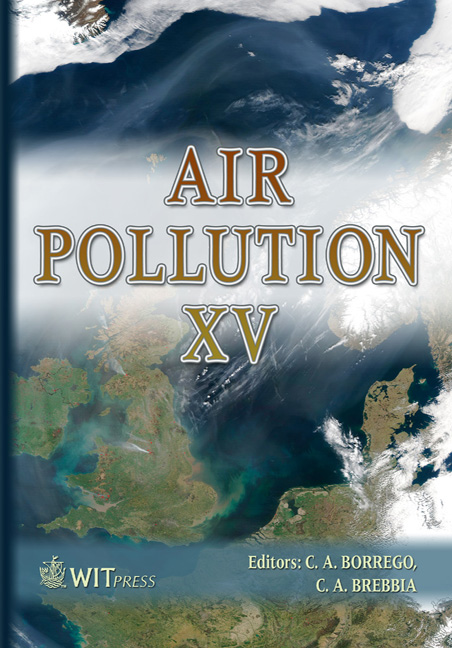First Investigations On Gas-phase Mercury In Two Italian Cities
Price
Free (open access)
Transaction
Volume
101
Pages
6
Published
2007
Size
360 kb
Paper DOI
10.2495/AIR070551
Copyright
WIT Press
Author(s)
P. Avino, M. Manigrasso, C. Fanizza, C. Vernale, R Schirò, L. Giuliani, R. Acerboni, V. Annoscia, C. Giannico & F. Perri
Abstract
Mercury is an element naturally present in the biosphere of both natural and anthropogenic origins. From the chemical point of view mercury is present in the atmosphere in gaseous form as elementary mercury and Reactive Gaseous Mercury and adsorbed onto particulate matter over that in other forms in ultratrace. From the toxicological point of view mercury is extremely toxic, reaches all the organs and it is also quickly absorbed by the lungs. In this study seasonal study campaigns were performed during 2005-2006 in two urban areas of different Italian cities, Taranto and Venice, to investigate the levels and behavior of gaseous-phase mercury. For the sampling and analysis a portable instrument was used based on the atomic absorption methodology with the background correction through the Zeeman effect. No relevant situations for human health were found (the levels range between 1 and 15 ng/m3). Keywords: mercury, urban pollution, human health, meteorological stability. 1 Introduction Mercury is an element naturally present in biosphere: it can be of both natural (e.g. volcanic eruption, etc.) and anthropogenic (e.g. pig iron production, power plants or heat production, sanitary waste incinerators, etc.) origins. It is redistributed in atmosphere, in water and in soil doing so a very complex cycle of which only some passages are known while many other attend to be clarified. The interest for a greater knowledge of the mercury cycle in biosphere is
Keywords
mercury, urban pollution, human health, meteorological stability.





